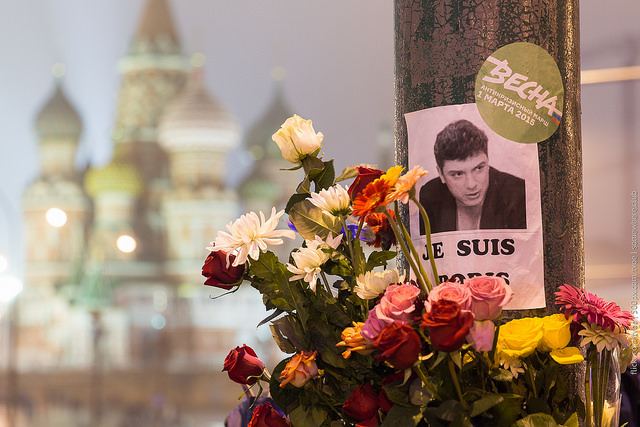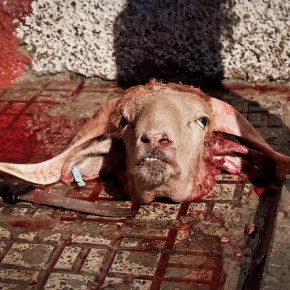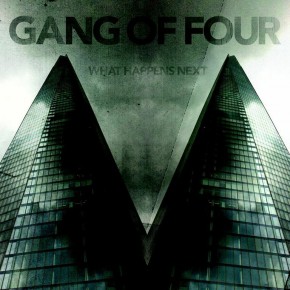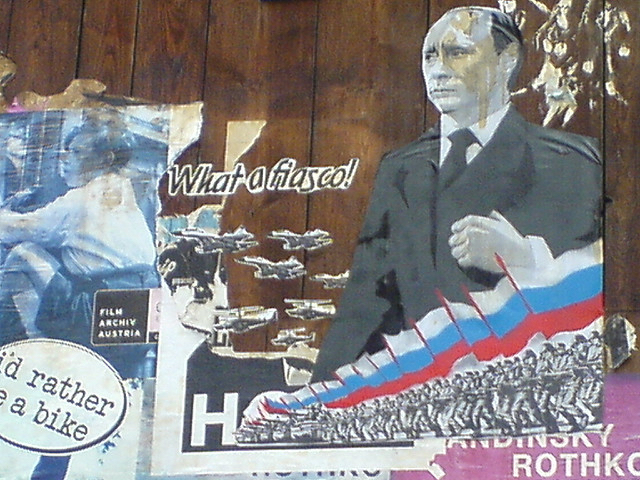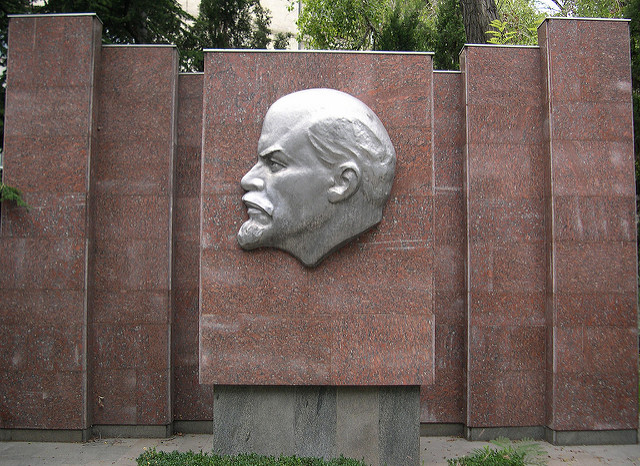Former Deputy Prime Minister Boris Nemtsov was shot dead as he walked from Red Square arm-in-arm with Anna Durytska, a 23 year-old Ukrainian model, just days before he was set to appear before an anti-war rally. The assassination has opened up an array of questions for Russian society, none of which will easily be ignored. The main one, of course, is what kind of political system allows opposition figures to be murdered in front of the Kremlin.
Imagine if armed thugs assassinated John Boehner, the Republican speaker of America’s House of representatives, in front of the White House. Though nowhere near as sympathetic a character as Nemtsov, few would have difficulty pointing their fingers at the White House. That Putin is responsible should thus not be subject to question. But, Russia being what it is, no one can be 100% sure. The authoritarian consensus is that strong.
It’s probably the most significant killing in the former USSR since Anna Politkovskaya was shot on Putin’s birthday almost a decade ago. Five men have since been convicted of Politkovskaya’s murder, but the questions around who ordered her death predictably remain. It is plausible Politkovskaya was murdered on orders from Ramzan Kadyrov, the thug who keeps Chechnya under Putin’s thumb, especially as three of the convicted are Chechen men. Whether or not Putin had any foreknowledge of the killing has yet to be confirmed or disconfirmed. Undoubtedly, it was convenient for a critic of Russia’s aggression towards Chechnya to be silenced.
Following Nemtsov’s demise, the Russian government moved quickly to condemn his muder. The authorities have since suggested that the killing was a ‘provocation’ timed to undermine Putin, and are even investigating the possible role of Islamists, as Nemtsov was ethnically Jewish. Never mind that he was a convert to Russian Orthodoxy. The fact that Nemtsov was a critic of Putin has been rightly emphasised by Russian opposition figures, and Western media. Meanwhile RT has been predictably attacking Western media for its coverage of the killing. This is far from over.
Flowers have been laid at the site of Nemtsov’s death, where old lines of division now appear as new. The American ambassador has made an appearance. So has Anatoly Chubais, one of Russia’s first oligarchs, who helped Nemtsov to found the Union of Right Forces in 1999. Protesters have marched calling for a Russia without Putin. These scenes may take some back to 2011, when liberal activists emerged to protest electoral fraud. Nemtsov was one of the spokesmen of these protests.

In the BBC profile of Boris Nemtsov, the former Deputy Prime Minister is described as a liberal reformer and a potential president. His political began after the Chernobyl disaster. He led a successful campaign to oppose new nuclear power plants in his home region. After the fall of the Soviet Union, Nemtsov ingratiated himself with Boris Yeltsin, who was busily dismantling the Soviet economy, amidst opposition to the neoliberal programme of reform coming from a variety of political quarters.
The loyalty was not forgotten and President Yeltsin bestowed a governorship upon Mr. Nemtsov. After the 1996 election was stolen, the President anointed Nemtsov to the position of Deputy PM and put him in charge of economic policy. It was thought Yeltsin may have been grooming Nemtsov for the presidency. On the contrary, it was the beginning of the end, as the Russian economy almost collapsed as the financial sector crashed. The path of market reform was derailed, along with any hope of Nemtsov reaching presidential heights of power.
As the scenery began to shift in Moscow, the oligarchs around Yeltsin began to prepare Vladimir Putin for the presidency. Unlike Nemtsov, Putin was a fresh face in Russian politics and carried the cache of the security services with his public image. Boris Berezovsky, the most powerful of the oligarchs, sought a strong man capable of outmatching his enemies in ferocity. Out of this, Yeltsin abruptly resigned, Putin seized the presidency and Nemtsov was left in the wilderness.
Quickly Nemtsov created a platform, with the help of Anatoly Chubais and leading Yeltsinite reformer Yegor Gaidar, in time for the 1999 election. The stance of the Union of Right Forces was a right-wing form of liberalism, which Nemtsov described as a “people’s capitalism” out of admiration for Margaret Thatcher. The party railed against the authoritarian regime being erected around Putin. This was enough for the coalition to gain a presence in parliament, but not enough to unseat the president.
As Mikhail Gorbachev recently told Der Spiegel: “When Putin moved into the Kremlin, he inherited a difficult legacy. There was chaos everywhere. The economy was crippled, entire regions wanted to secede. There was a threat of Russia disintegrating. Putin stopped this process and that will remain the greatest achievement of his time in office. Even if Putin hadn’t managed to achieve anything else, he will always be credited with that.”
Many Russians don’t look back on the Yeltsin period as a bold experiment in free-market economics. It’s seen as a looting spree. This is why Boris Nemtsov and his associates could not regain the positions they once held. Russia’s liberals remain beleaguered and disparate in a capitalist country still in its infancy. Far from a vibrant market democracy, where individuals rise and fall by merit, Putin holds together his regime on the basis of nationalism.
Nemtsov and Putin may stand for opposing political projects, but the two of them emerged from the same period in which Russian capitalism was born. The Yeltsin era may be looked back upon as the time of primitive accumulation when the Soviet economy was dissolved into liquid cash to be fed to the new ruling class. Nemtsov wanted this path to be followed to its logical conclusion, but Putin knew how to bring the system back from the edge. Only when Russia can move beyond the choice between neoliberalism and nationalism will it move in a truly democratic direction.
Photographs courtesy of Jay and Evgeny Isaev. Published under a Creative Commons license.
